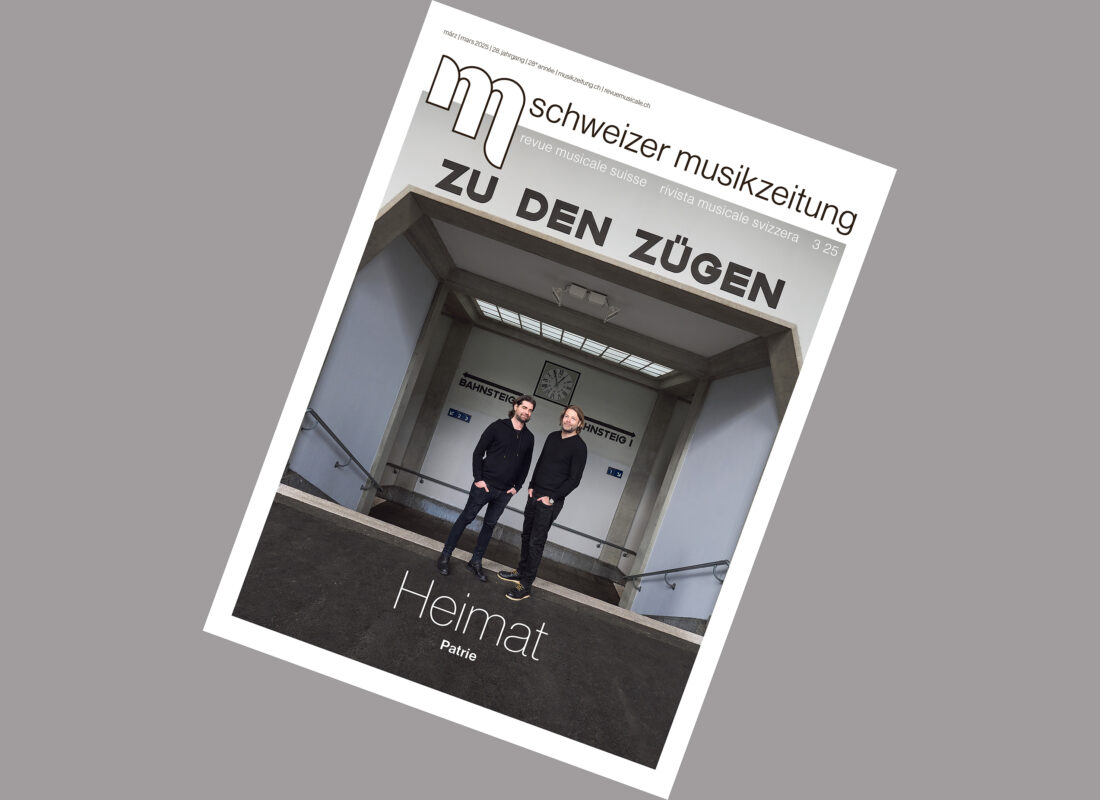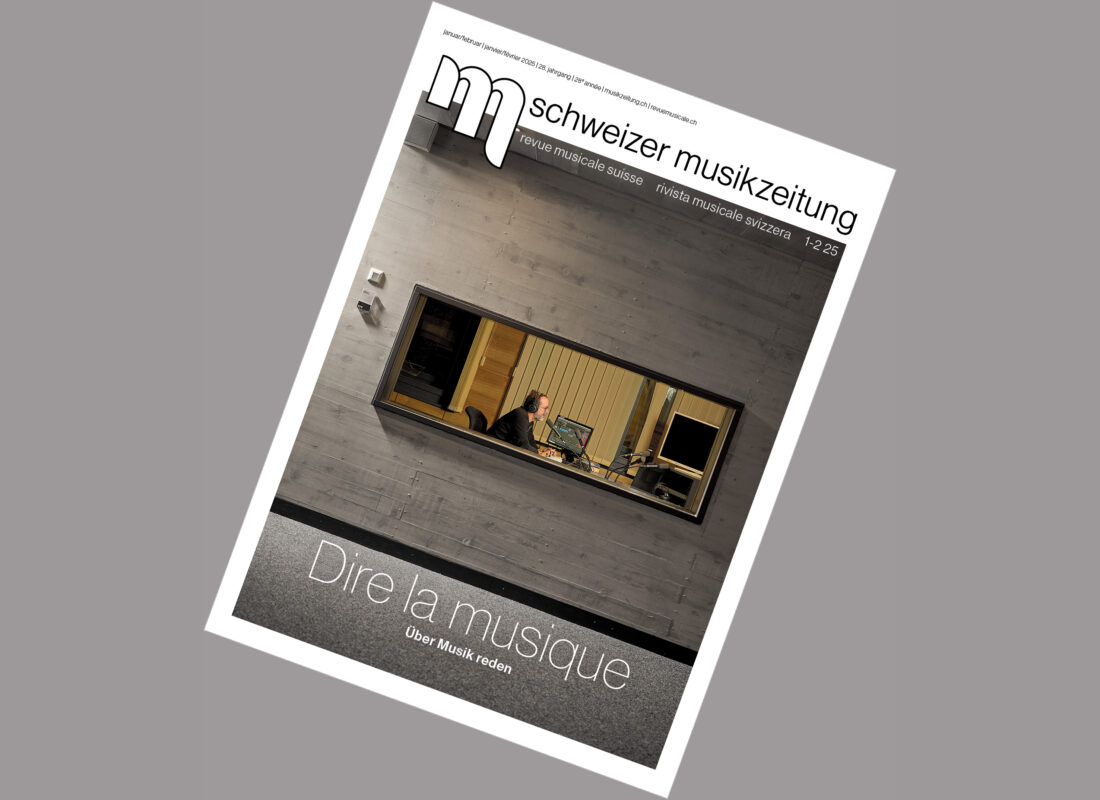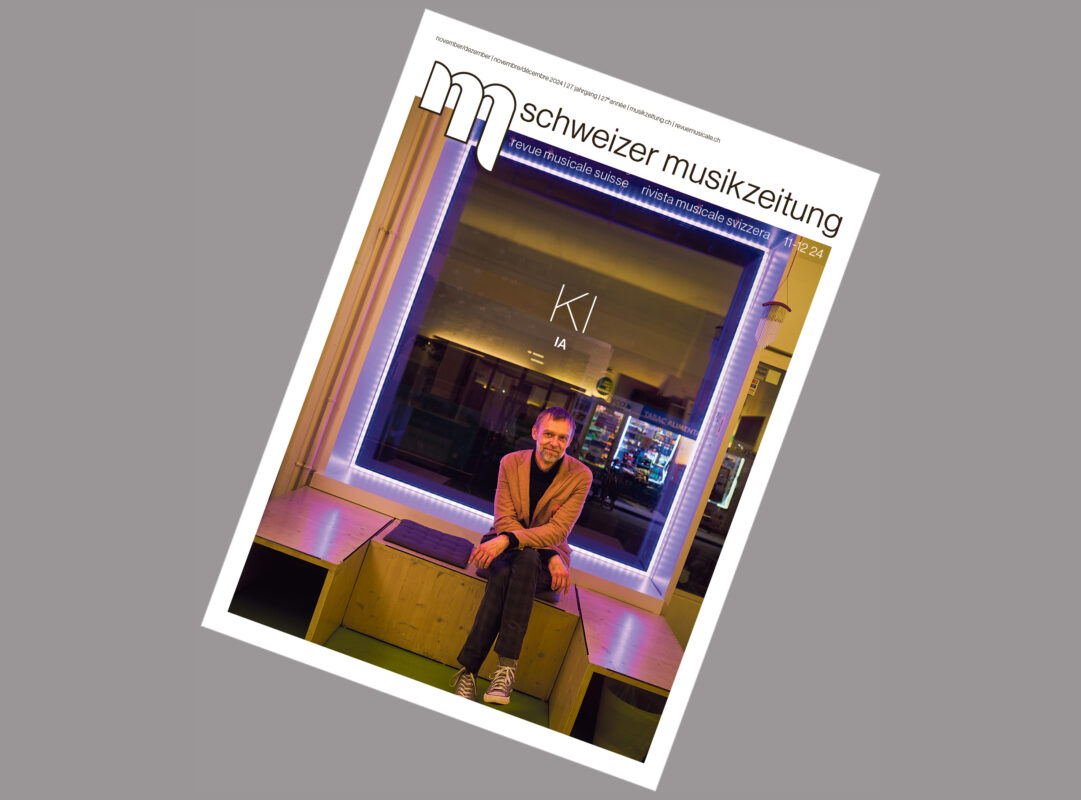Unloved, but everywhere
Translation Pia Schwab
Translation Pia Schwab
When we hear accordion, we don't just think of an instrument. Various, often negative connotations resonate. It has been given a whole host of unflattering nicknames: Bricklayer's piano, boatman's piano or poor man's piano, to make the distance to a real piano clear, home air compressor, to place it in a certain "music corner", or even squeezebox. It is the whipping boy among instruments.
It is strange, however, that this unloved accordion can be found everywhere: in Scottish jigs, the dances of Romanian travellers, Argentinian tango, French musette and in a whole range of Swiss folk music.
The accordion is easy to transport and quickly traveled around the world with soldiers and sailors. It can also replace an entire orchestra. Perhaps that is why it was looked at askance by other musicians: In the 19th century, many village orchestras lost their jobs due to the advent of the accordion. It could entertain a party all by itself, much like a DJ does today.
It was probably also the omnipresence that ultimately led to the rejection of the accordion. In my childhood, it had undoubtedly become the instrument that our parents listened to (whether they were yodeling or Jacques Brel fans). And we boys avoided it on principle. Fortunately, things are different today. Today, the accordion has moved back into the center of interest: in new folk music, but also in the avant-garde.
The "hand organ" is not a "second-class piano", it is an incredibly expressive instrument that can sustain a note indefinitely and can control its intensity, timbre and vibrato at any time. And it is a versatile instrument that has different characteristics depending on the region. So welcome to the world of the accordion and the Schwyzerörgeli (which I have always dreamed of being able to play in Scrabble).
Cordially
Yours
Jean-Damien Humair








